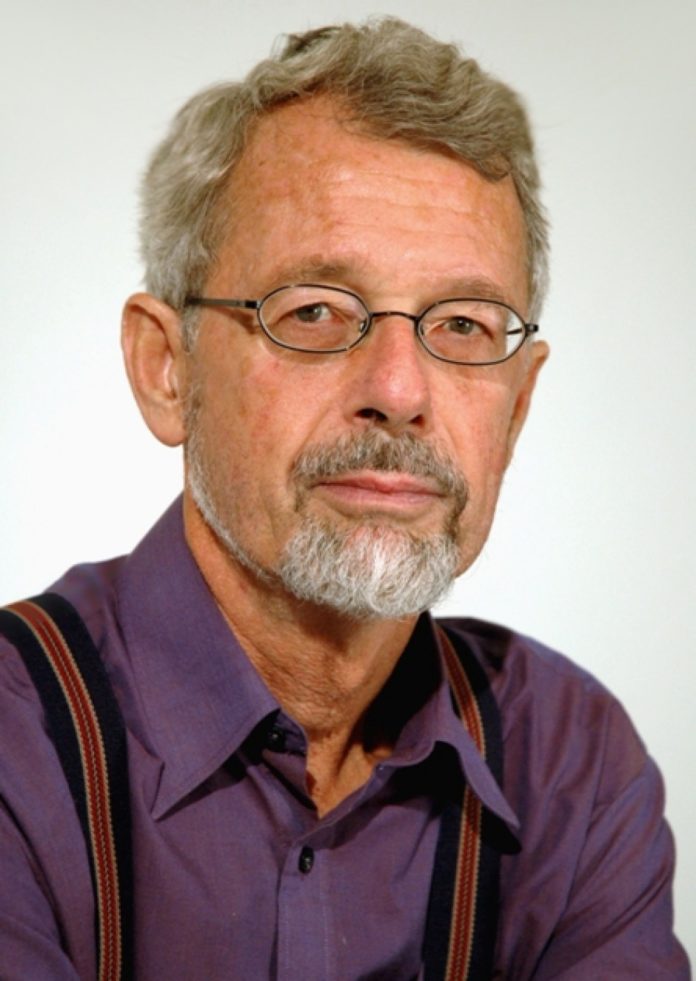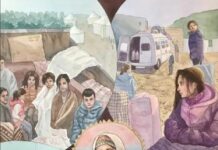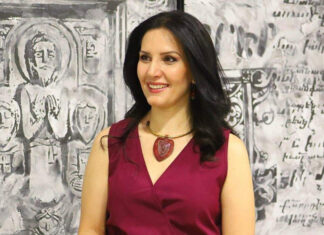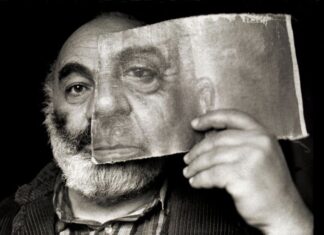By Artsvi Bakhcinyan
Special to the Mirror-Spectator
YEREVAN/OSLO – Professor Eric Papazian, 80, lives in Bærum outside Oslo. He has a master’s degree in philology with Scandinavian as the main subject. For almost 40 years, he has served as associate professor at the Department of Linguistics and Scandinavian Studies at the University of Oslo. He is specialized in Scandinavian languages, especially Norwegian dialects. He has written an introduction to this subject together with Botolv Helleland (Norsk talemål. Lokal og sosial variasjon, 2005) in New Norwegian (see below). He is also interested in general linguistic theory and has written books about language learning and the relation between speech and writing.
We have been in touch since 2001, when I was working on my research on Armenian-Scandinavian historical and cultural relations and the Armenian presence in Nordic countries, and met twice – in Armenia and Norway. He has helped me to translate a 15th-century Armenian poem into Swedish (published in the Armenian-Swedish magazine Nor horizon) and also translated Armenian writer Elda Grin’s short story, “The Hands” from English into Norwegian, which was included in this story’s multilingual edition, published in 2010 in Yerevan.
Eric, I would like to start our conversation discussing some issues regarded your profession. In the Armenian language, many dialects disappeared during the past century. What is the situation in Norway? For instance, in Italy the dialects are under state protection and there are publications and plays in various dialects.
Norway is often called “the dialect paradise of Europe” because here the dialects are still alive and socially accepted. They are used publicly in speech, also by intellectuals and politicians and in theaters, films, radio and television. Many young people use dialect in writing on the Internet (Facebook and the like). The situation is quite different from that in Sweden and Denmark. The reason is Norway’s political and linguistic history, which is different from that of the neighboring countries.










